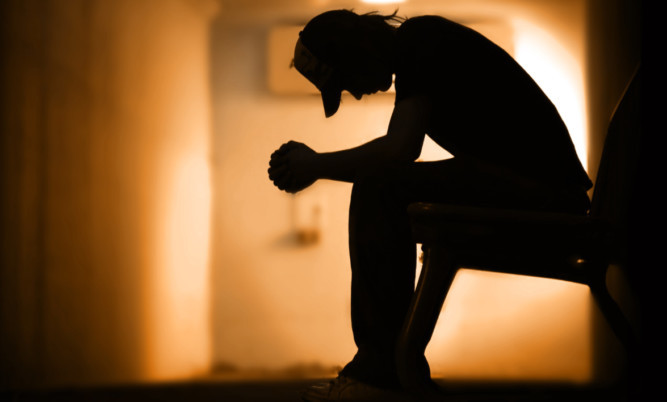Last year’s miserable summer and the recent bouts of seemingly endless rain and storms are enough to leave anyone wanting to reach for the holiday brochures and dream of sunnier climbs.
But for some people, the lack of sunshine is more than just a nuisance. It can actually leave them clinically depressed.
At this time of year, the short, dark days can be a trigger for the ‘winter blues’, an urge to hibernate with symptoms like having no energy, low mood and wanting to sleep more and socialise less.
At least two million people in the UK are diagnosed with Seasonal Affective Disorder (SAD) every year. It’s a type of depression that affects sufferers in the winter when there’s less sunshine.
According to the NHS, SAD is a medically recognised illness with symptoms similar to those of normal depression, but they occur repetitively at a particular time of year.
They usually start in the autumn or winter and improve in the spring.
The nature and severity of SAD, sometimes known as ‘winter depression’, varies from person to person. Some people just find the condition a bit irritating, while for others it can be severe and have a significant impact on their day-to-day life.
It can also vary according to geography. It’s thought the north east of Scotland has a higher prevalence of SAD than the rest of the UK, due to its northern latitudes.
However, the evidence in literature can be conflicting as not all studies support such findings.
NHS Fife told The Courier that symptoms of SAD can include a persistent low mood; a loss of pleasure or interest in normal everyday activities; irritability; feelings of despair, guilt and worthlessness; feeling lethargic (lacking in energy) and sleepy during the day; sleeping for longer than normal and finding it hard to get up in the morning and craving carbohydrates and gaining weight.
The exact cause of SAD isn’t fully understood, but it’s often linked to reduced exposure to sunlight during the shorter autumn and winter days.
An NHS Fife spokesperson said: “Seasonal Affective Disorder (SAD) is commonly known as the ‘winter blues’ as some people report experiencing low mood over the winter months of the year.
“SAD has been reclassified in the latest edition of the Diagnostic and Statistical Manual and is no longer considered a unique mood disorder.
“SAD is thought to be caused by a lack of sunlight or daylight in winter months. However, although less common, people also report suffering from SAD in the summer months, with symptoms including mood changes and agitation.”
The main theory is that a lack of sunlight might stop a part of the brain called the hypothalamus working properly, which may affect the production of melatonin, production of serotonin and the body’s internal clock.
It’s also possible that some people are more vulnerable to SAD as a result of their genes, as some cases appear to run in families.
The NHS Fife spokesperson added: “Whilst a good diet, managing stress, regular exercise and the pursuit of hobbies or interests can help with some of the symptoms of SAD, the most common treatments tend to be Light Box therapy and recent evidence suggests that Cognitive Behavioural Therapy is also effective. Light Box Therapy involves sitting by a light box, which produces very bright light, for around 30 minutes and is designed to simulate the sunlight that is absent over winter months. Cognitive Behavioural Therapy works quite differently as it encourages people to reflect on their thoughts and behaviours and how these may be impacting on their mood; negative thinking patterns may be encouraging people to withdraw or avoid others or activities during winter months which could be making their mood worse.”
The Seasonal Affective Disorder Association (SADA) the only non-commercial support organisation in the UK – says 2% of the UK population suffers from SAD and 20% from the winter blues.
But stats by Cambridge-based Lumie, which has been designing SAD lights to mimic natural light since 1991 and supplies to the NHS, believes the numbers are more like 24% for winter blues and 7% for SAD.
A spokesperson for Lumie said: “We offer a range of wake-up lights and alarm clocks that mimic a sunrise to wake you naturally with light. Instead of being dragged from deep sleep by a noisy alarm, Lumie Bodyclock wakes you gradually and much more effectively with slowly brightening light.
At bedtime, the sunset feature will help you to relax; the gradually fading light stimulates the production of your sleep hormones making it easier for you to drift off for a good night’s sleep.”
Technology might work for some. But according to the NHS, whilst there may be times where low mood is a natural reaction to a difficult situation, such as bereavement, people should contact their GP if they experience persistent low mood and loss of interest or pleasure in everyday activities for more than a couple of weeks.
malexander@thecourier.co.uk
